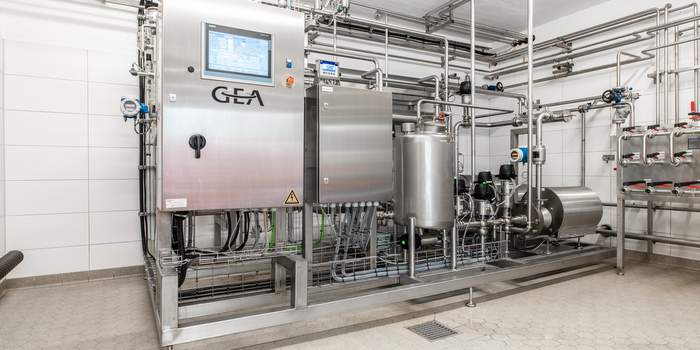
One of the top brewhouse manufacturers in the world, GEA, is debuting a new approach at BrauBeviale 2019 (from Nov. 12–14, 2019 in Nuremberg booth in Hall 7/7-600). This year, the specialist technology group is inviting customers to discuss their own specific expectations and challenges.
GEA develops, manufactures and supports plants and processes that can be digitally controlled, monitored and intelligently managed, that use resources sparingly, and are as reliable as they are durable. All of this is very much part of the “Refreshingly different” GEA approach, which fuses technology and creativity in order to respond to customer wishes with forward-looking, unconventional engineering solutions.
Solutions for craft brewers
Although development across the global craft beer market is uneven, it has matured as a whole in recent years. As Oliver Jakob, Product Manager for Craft and Specialty Breweries at GEA, explains, retailers and restaurants favor reliable brands that deliver consistently high quality. Which is why the craft brewers who reject experimental hara-kiri in favor of carefully considered business plans and strategies that make them “relevant to their target group” will go the distance.
Regional marketing and even local identity can further this goal, he adds, noting that exporting is not always an appropriate target for creative brewers.
“The aim should be to find a niche alongside the big, established names on the market. Drinkable beers need no further explanation,” Jakob says. “They are the kind that win over loyal fans who keep coming back for more.”
For expert brewers, putting a special twist on a pilsner or lager is nothing short of an art form – one that GEA makes practicable with technologically and commercially adapted brewing solutions. The company’s special systems and components allow for modular expansion and flexibility, allow for improvisation and are synonymous with quality, reliability and the efficient use of resources.
Yeast management on a scale for craft breweries
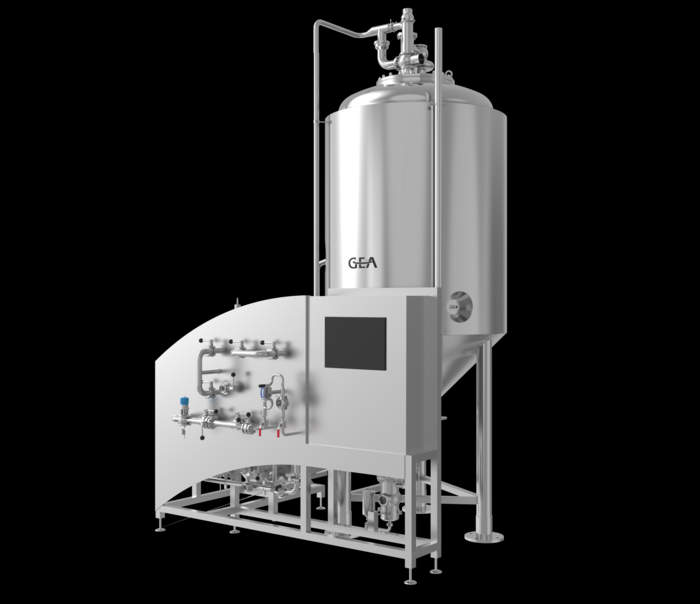
The GEA Craft Yeast Propagator, which GEA announced at BrauBeviale 2018, will take the stage this year. With capacities ranging from five to 25 hectoliters, the propagator has dimensions compatible with GEA’s 25- to 125-hectoliter brew-size CRAFT-STAR and COMPACT-STAR brewhouses.
Yeast is the most important component in beer production, impacting taste, quality and filterability. “All the more reason for brewers to select the right strain, maintain and propagate healthy cells as well as utilize the surplus yeast,” GEA Product Manager Torben Bauch says. In recent years, the yeast expert notes, the growing number of varieties available on the market have led to increasingly extensive technical automation.
“But this is precisely where craft brewers’ views diverge from those of larger breweries. That’s why we have downscaled our YEAST-STAR – a high-capacity fully automated solution – to create a simplified version,” Bauch says. “Designed for smaller budgets and capacities, it offers all the same functionality as its bigger brother, providing gentle homogenization, optimum aeration and adaptable temperature control.”
London-based Fourpure Brewing Co. will be the first customer to benefit from the new propagator. The craft brewery was impressed with how the unit as a whole had been slimmed down and that certain high-tech functions have been tailored for manual operation and independent control.
Now craft beers can be alcohol-free, too
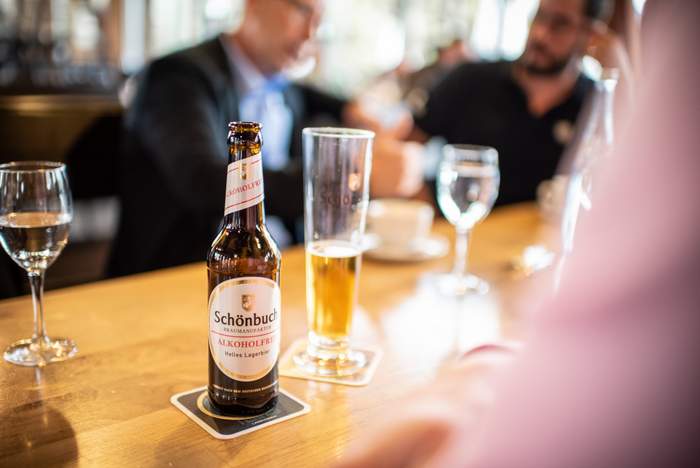
As the non-alcoholic beer trend is also spilling over into the craft beer market, it is also a focal topic at the GEA stand. These creative artisanal brews don’t need alcohol to expand their fan base. A case in point is the Ghost Ship Citrus Pale Ale 0.5% produced by Adnams in Southwold, UK, which sailed to gold-medal success at the 2019 World Beer Awards. Adnams began producing a low-alcohol version of its popular Ghost Ship Citrus Pale Ale 4.5% about a year ago using the GEA AromaPlus dealcoholization unit. The system relies on reverse osmosis, which filters out the alcohol at the end of the brewing process, leaving 100 percent of the flavor but just 0.5 percent alcohol.
GEA’s membrane filtration specialist Ralf Scheibner explains, “For all their efficiency in removing ethanol from beer, thermal processes can compromise taste – which is something we simply could not accept. At GEA, we firmly believe that reverse osmosis is the best method for producing great, honest-to-goodness beer with authentic flavors.” In this regard, he agrees with brew masters who view adding sugar, wort or any other ingredient to improve taste after technical dealcoholization as a no-go.
Clarifying instead of filtering: Separation solutions for craft brewers
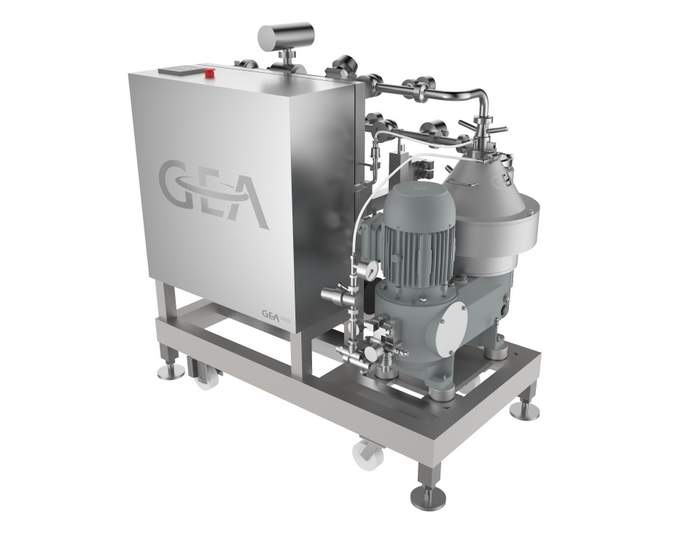
“The separation solutions we are showcasing at BrauBeviale are primarily targeting craft brewers who want to raise their production to a professional level,” says Wolf Herberg, Head of Separation Sales at GEA. Designed to meet the craft brewers’ practical needs, the GEA Plug & Win 180 separates undesirable solids, such as yeast and trub, from beer. The high-performance, compact centrifuge can immediately be put into action and is very easy to operate. “Compared to other clarification processes, our solution reduces losses drastically, cuts storage time by a third and lessens overall brew times.”
Another product of this philosophy is the new GEA separator skid for brewpubs, developed especially for tavern and pub micro-breweries that produce on site. At BrauBeviale, GEA will premiere its most compact and cost-effective variant, which boasts the same efficiency advantages as larger GEA separators in a stripped-back unit.
“Our brewpub version shows what GEA means by practical innovations,” Herberg says. “Basic automation, extended service intervals and a compact skid design – these are all game-changing features for brewers who have to pay close attention to their operating costs.” Thanks to the centrifuge, a beer’s clarity or turbidity can be precisely calibrated and reproduced. Mounted on an immediately installable skid, the brewpub separator needs only be plugged in and it can get straight to work.
Efficient filling with rapid changeover times
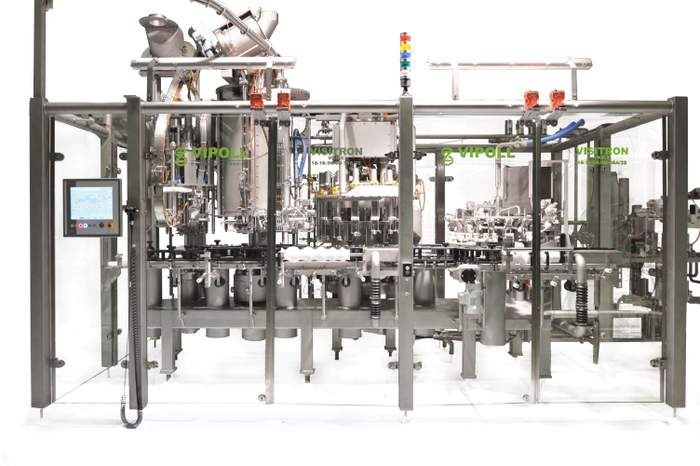
Customers in the craft beer segment are particularly interested in space-saving, flexible and sustainable solutions that pay dividends at medium speeds and capacities. So GEA’s booth showcases the highly flexible, monoblock GEA Visitron Filler ALL-IN-ONE, which can switch between filling bottles, cans and PET containers. It not only handles the most varied formats, beverages and lid types with ease, but also slashes the filling block’s format and product changeover times from a number of hours to 20 to 30 minutes. With these features, the filler responds to issues that are currently top of mind for beverage manufacturers, as Jakob Šalamun of GEA VIPOLL confirms:
“Our product development is driven by customers’ desire for efficiency, not only in terms of CAPEX and OPEX, but also in procurement, production and distribution channels. It’s all about using resources sparingly in view of the growing focus on sustainability.”
Solutions for medium-sized and large breweries
Medium- to large-capacity breweries’ needs revolve around achieving high-quality results while keeping production safe and absolutely reliable, plus the flexibility to respond to fluctuations in demand and improve productivity, all while cutting operating costs and achieving an acceptable ecological footprint. GEA develops everything from components to entire process lines and supports collaborative projects throughout the entire life cycle. GEA spotlights two forward-looking solutions dedicated to this customer segment:
Environmentally friendly ceramic filtration attractive for brewers
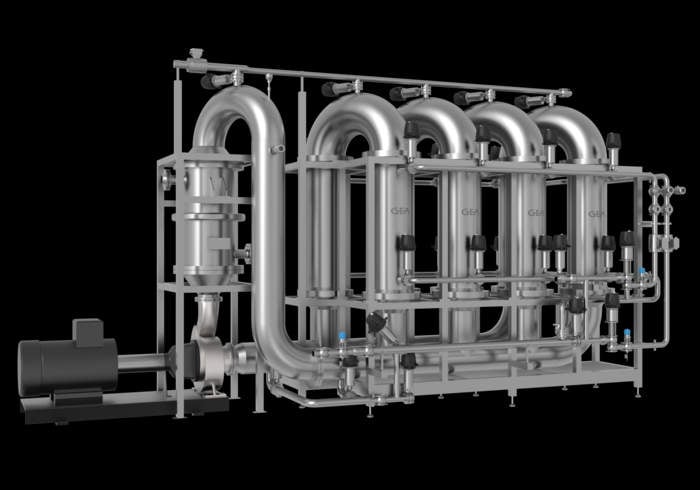
In cooperation with a mid-sized brewery in Europe, GEA has been installing its GEA clearamic Beer Filtration system as an alternative to conventional kieselguhr and cross-flow filtration with polymer membranes. Using inert and long-lasting ceramic membranes, the alternative solution employs the cross-flow process. Although ceramic filtration with GEA Membraflow elements is already standard in yeast beer recovery and fruit juice filtration, GEA is for the first time transferring the technology to beer filtration on industrial scale.
This plant integrates a filtration block with membrane modules, a retentate buffer tank, media connection and a dedicated CIP rail, which sanitizes the clearamic system independently of other cleaning programs. Depending on the type of beer and other requirements, a filtration loop of this kind can produce 100 to 150 hectoliters of filtered beer per hour.
The ceramic membranes do not transfer any substances to the filtrate. Thanks to their extreme resilience, such membranes can be sanitized to the highest hygienic standards using caustic solutions at high temperatures and without the need for expensive enzymatic cleaners. GEA estimates the stable membranes’ service life at ten years or more.
“According to our OPEX calculations, the low operating costs quickly pay for the system,” Product Manager Sonja von Lieres says. “The break-even point can be as little as some five years compared to kieselguhr filtration, and as fast as three years or so compared to polymer membranes.” Here, product safety and sustainability clearly pay dividends.
Dynamic dry hopping increases raw material yields by up to 50 percent
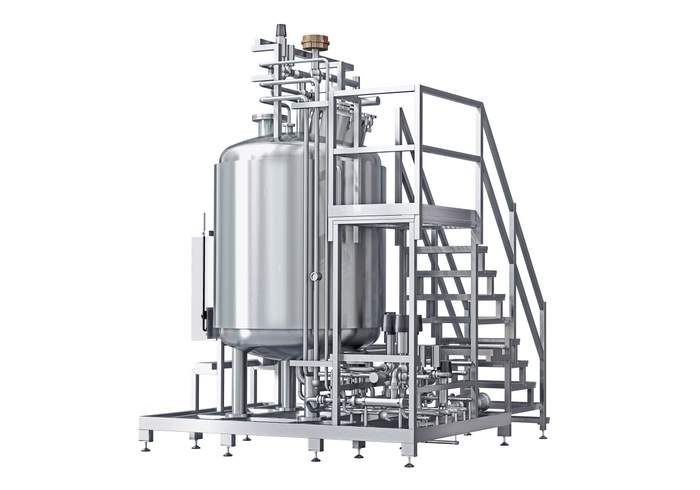
Dry hopping is a cold process in which extra hops provide oils that round out a beer’s flavor profile with additional hop notes. In traditional static dry hopping, hop cones or pellets are placed in the storage tank. But this fails to produce maximum extraction efficiency and results in high beer losses. Depending on the specific hop dosage used, the industry reports losses as ranging from 10 to 20 percent.
“As proven in trials and our industrial applications, the HOPSTAR Dry’s dynamic process significantly improves extraction efficiency by as much as 30 to 50 percent, compared to the static process,” says GEA’s hops expert Isabel Osterroth, summing up the plant’s advantages.
In contrast to static dry hopping, this process employs a low-shear agitator in conjunction with a pump to keep the pellet hops suspended and in motion. The solids are separated via sedimentation and remain in the extraction vessel. An additional fine filter catches smaller particles. Since extraction and sedimentation can be repeated in varying cycles, brewers have excellent control over contact time and the extracted hop oil fractions. Thanks to increased extraction efficiency, brewers save on hopping costs and beer losses are reduced to less than 3 percent.
At this year’s BrauBeviale 2019, GEA will exhibit the tenth HOPSTAR Dry plant. After projects in Europe, North and South America, GEA commissioned the first cold hopping plant at a German brewery this summer.

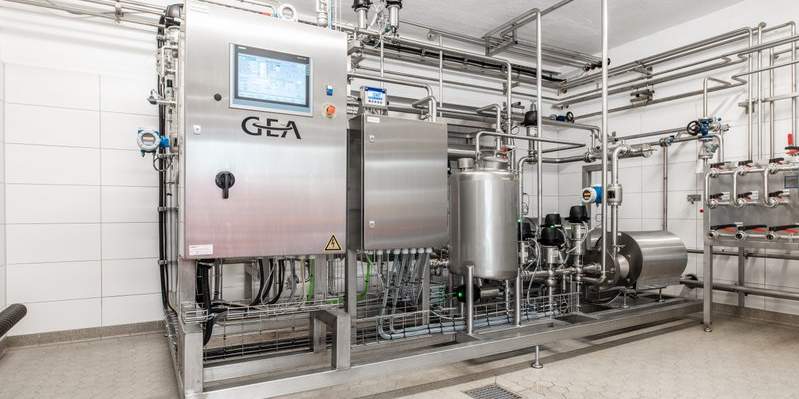
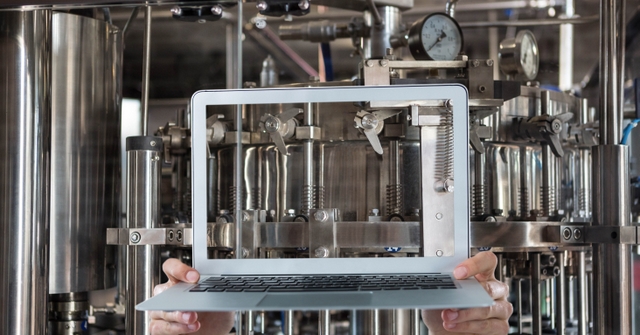
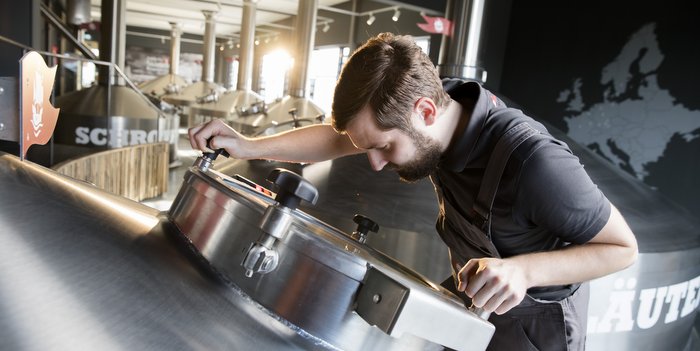
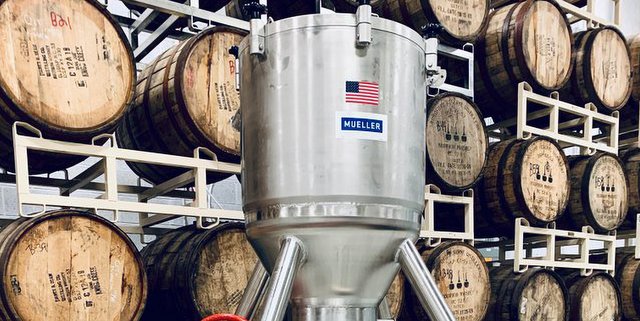
Leave a Reply
You must be logged in to post a comment.